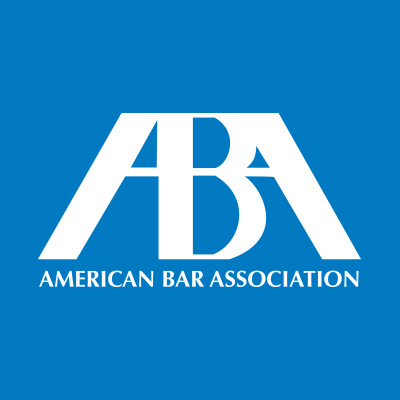ABA Legal Ed Section exploring a reorganization that would save time and money

An idea to combine three bodies in the ABA’s Section of Legal Education and Admissions to the Bar has been put into a report and shared with the group's council, which is meeting Friday in Portland, Oregon.
The concept suggests putting the section’s Accreditation Committee and its Standards Review Committee with the council, Law.com reports. An overview (PDF) of the idea was submitted by Barry Currier, the ABA’s managing director of accreditation and legal education. He has said that at this point, the report is only an idea.
Under the section’s current structure, the Accreditation Committee is responsible for reviewing law school site evaluation reports, as well as progress and fact-finding reports. It also reviews JD and post-JD programs, including ones that are abroad. The Standards Review Committee interprets rules for ABA-accredited law schools, and makes proposed changes and additions to the rules. Both committees’ proposals must be approved by the council for implementation.
According to Currier’s report, the section’s current structure moves too slowly for problem schools, and is not nimble enough to support innovation. He also wrote that the section faces an ABA reduction in support. The section currently has between 15 to 16 meetings annually, and the proposal could cut that down to four.
“One body, with deep knowledge of both standards and how they are working will lead to better standards and better school review processes,” Currier wrote.
The report also mentions enhancing the role of ABA staff to act on certain matters after consultation with the section chair. Staff could present standards and questionnaires for council review, with no committee drafting, the report states, and handle enforcement for 509 submissions and employment reports.
Accreditation process reforms are also addressed, including extending the time period of school reviews from seven to 10 years, and creating a “monitoring” status for law schools that are not on probation but not in good standing. And the report mentions exploring “risk-based” accreditation, which could involve concentrating resources where the greatest risks exist.
Currier’s idea would keep 21 voting members on the council, but whether the new council would be created with current members or a new group would be discussed at a later date. The requirement of having no more than 10 academics and having three public members would remain the same, but the council would review having a student member.
If the council supports the concept, a status report would be released in August, according to the report.



